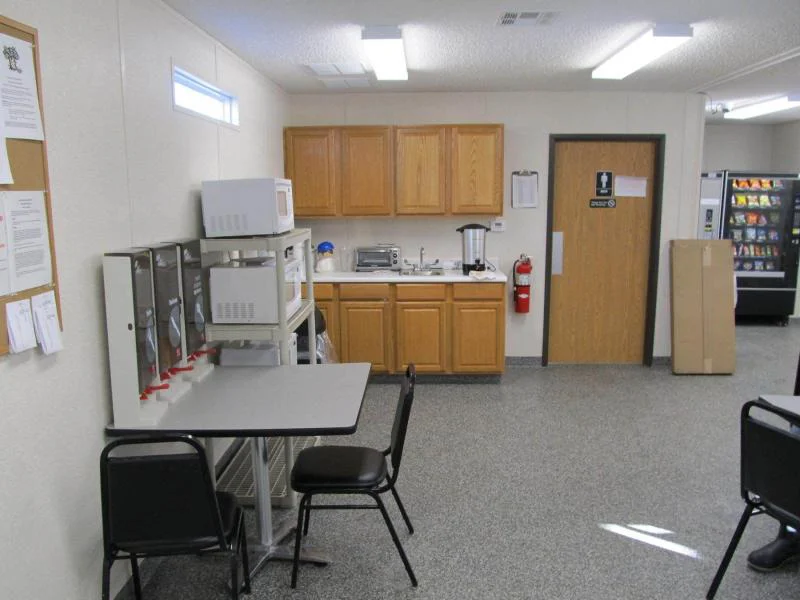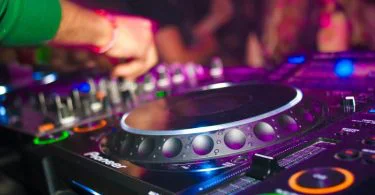Break rooms and lunch rooms are workplace spaces designed for employees to pause, relax, and re-energize. Nevertheless, there are subtle differences between their functions and connotations. A break room, also referred to as a staff room or lounge, is a communal area where employees can take brief breaks during working hours. It is a place to unwind, socialize, grab a cup of coffee or refreshment, and temporarily escape the rigors of work. To encourage employee interaction and relaxation, break rooms may include coffee machines, comfortable seating, and a television or tennis table.
In contrast, a lunch room, commonly called a cafeteria in larger institutions, is designed specifically for meal breaks. It typically includes dining tables and chairs and appliances for food storage and preparation, such as refrigerators, microwaves, and vending machines. In larger organizations, a lunch room may provide complete catering services. While both locations offer employees a place to relax, a break room is typically designed for shorter, more frequent breaks, whereas a lunch room is intended for meal breaks only. The terms can be used interchangeably in smaller organizations where the same room serves both functions.
What is Break Room?
A break room, also called a staff room or a lounge, is a shared spot in an office where people can take short breaks from work to rest, relax, eat, drink, and talk to each other. This room is meant to be a change of scene from the work area so that people can rest and recover. Depending on a company’s size, culture, and finances, the amenities in a break room can be very different. It usually has simple things like tables, chairs, a refrigerator, a microwave, a coffee machine, and maybe even a water cooler. Workers can store, make, and eat meals or snacks with these features.
In some businesses, the break room might have more entertainment options like a TV, books, or games to give workers a mental break and encourage them to chat with each other. How a break room is set up and cared for can affect how happy, motivated, and productive employees are. A well-kept, comfortable break room can be a place to relax and recharge, which can help reduce stress, build teamwork, and improve total work performance. It can be a big part of the work atmosphere and show that the company cares about its employees’ health.
What is Lunch Room?
A lunch room, sometimes called a cafeteria in bigger workplaces, is where employees have their meals at work. In contrast to a break room, which is meant for short breaks here and there during the job, a lunch room is intended for longer meal breaks. Most lunch rooms have a range of things that make eating easier. These include tables and chairs for eating and appliances like freezers, microwaves, and sometimes even vending machines for storing and preparing food. In more prominent companies, the lunch room might have a full catering service where workers can get ready-made meals.
The primary purpose of a lunch room is to give workers a place to relax, eat, and talk during their lunch break that is separate from where they work. It encourages people to take a break from work by getting them to leave their desks and eat without interruptions from work. The style, cleanliness, and mood of a lunchroom can significantly affect how happy and motivated employees are. A well-kept, welcoming lunch room can create a positive work environment, encourage workers to talk to each other and boost productivity and job satisfaction by giving people a place to rest and refresh.
Difference Between Break Room and Lunch Room
While both the break room and the lunch room provide employees with a place to unwind and replenish, their principal functions are different. The purpose of a break room is to provide a place for employees to take short breaks during the workday to relax, socialize, and refresh. A lunch room, on the other hand, is meant for more extended breaks and typically has facilities for storing and preparing food. In contrast to the short breaks that can be taken in a break room, longer lunch breaks can be taken in a lunch room, both beneficial to employees’ health. We’ve compared the break and lunch rooms and highlighted the significant differences below.
Primary Use
Unlike lunch rooms, which are meant for longer intervals, break rooms are built for shorter, more frequent breaks.
Amenities
Coffee makers, plush seats, and even games are commonplace in break rooms. In addition to serving as a place to have lunch, lunch rooms also serve as a place to store and prepare food.
Time of Use
Throughout the day, people will take short breaks in the break room. Most people utilize the lunch rooms right around lunchtime.
Size
Lunch rooms are often larger in size to accommodate dining furniture and food preparation areas.
Food
A break room typically only has snacks and drinks, while a lunch room provides full meals.
Atmosphere
In contrast to the more formal atmosphere of the lunch room, the break room is a place for employees to unwind and mingle.
Duration of Stay
In contrast to the lunchroom, where workers may spend many hours enjoying their meals, the break room is used mainly for shorter breaks.
Frequency of Visits
In contrast to the lunchroom, which is typically visited once or twice a day, employees may use the break room numerous times daily for shorter breaks.







